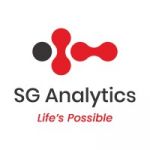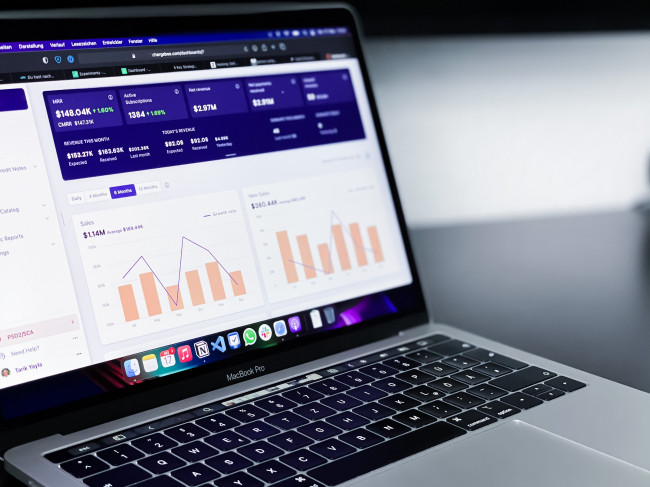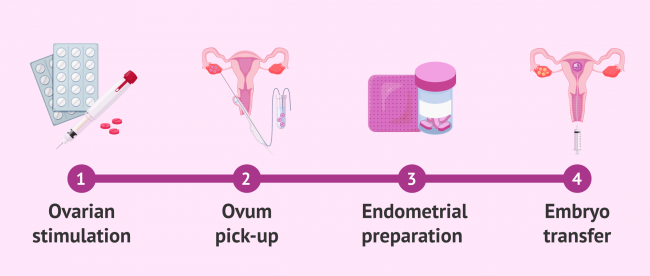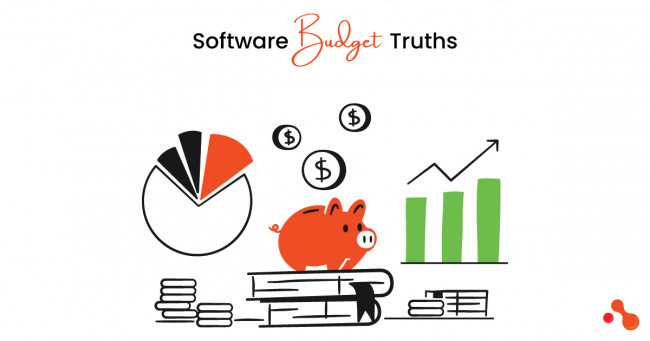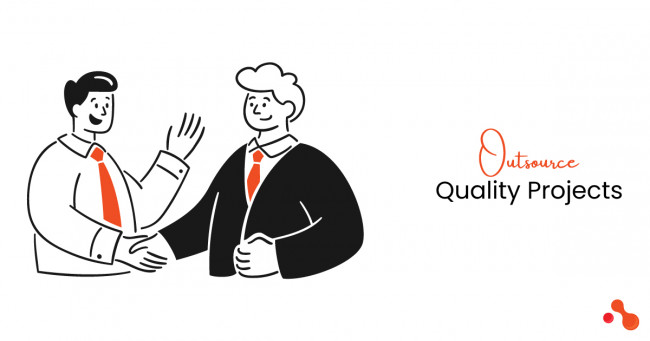Advanced analytics uses complex statistical and computational techniques to extract insights and knowledge from data. It goes beyond traditional data analysis methods, such as descriptive and diagnostic analytics, to provide predictive and prescriptive insights.
Advanced analytics solutions include various techniques, such as machine learning, neural networks, natural language processing, and data mining. These techniques are used to analyze large and complex data sets, uncover hidden patterns and relationships, and predict future events.
Importance of Advanced Analytics Solutions in Business
Advanced analytics solutions have become essential for organizations in today's data-driven business environment. It helps organizations make informed and evidence-based decisions, improving performance and competitive advantage.
Advanced analytics enables organizations to identify new business opportunities by uncovering hidden patterns and trends in their data. It can also optimize business processes, reduce costs, and improve customer satisfaction.
Advanced analytics also plays a crucial role in managing risk and detecting fraud. It can help organizations to anticipate and respond to emerging risks and take proactive measures to mitigate them.
With the increase in data generation and the growth of a digital business, advanced analytics is becoming increasingly important for organizations to stay competitive in the market. C.
This blog will discuss the different types of advanced analytics and their applications in various industries. We will examine the techniques and tools used in analytics and how they can be applied to solve real-world problems.

Types of Advanced Analytics Solutions
Predictive Analytics:
Predictive analytics uses statistical techniques and models to predict future events or outcomes. It involves analyzing historical data to identify patterns and trends and using this information to predict future events.
It can be applied in various industries, including finance, healthcare, retail, manufacturing, and telecommunications. It can predict customer behavior, detect fraud, optimize marketing campaigns, and predict equipment failures.
Predictive analytics tools and techniques include regression analysis, decision trees, random forests, neural networks, and time series analysis. These tools can be used to build predictive models, which can be used to make predictions about future events.
Prescriptive Analytics
Prescriptive analytics uses advanced analytics methods to generate recommended actions or decisions. It goes beyond traditional predictive analytics by providing predictions and recommendations for acting upon them.
It can be used in various fields, such as supply chain management, logistics, and financial portfolio management, to optimize decision-making, resource allocation, and scheduling.
Prescriptive analytics tools and techniques include mathematical optimization, simulation, and machine learning algorithms such as reinforcement learning and decision trees.
Descriptive Analytics
Descriptive analytics summarizes data through aggregation, calculation, and representation. It describes the current state of data and provides insights into historical data.
Descriptive analytics can be applied in various industries, such as retail, finance, healthcare, and manufacturing. It can analyze customer behavior, detect trends, and identify patterns in large data sets.
Descriptive analytics tools and techniques include data visualization, mining, and statistical analysis. These tools can be used to create charts, graphs, and other visual representations of data, which can be used to gain insights and identify patterns.
Big Data Analytics
Big data analytics collects, stores, and analyzes large and complex data sets to uncover hidden patterns, correlations, and insights. It involves using advanced technologies and tools to process and analyze big data in real time.
Big data analytics can be applied in various industries, such as finance, healthcare, retail, and manufacturing. It can improve customer experience, optimize supply chain operations, detect fraud, and predict equipment failures.
Big data analytics tools and techniques include Hadoop, Spark, NoSQL databases, and machine learning algorithms. These tools can process and analyze large data sets in real-time and uncover hidden insights.
Real-time Analytics
Real-time analytics is collecting, analyzing, and acting on data in real time. It enables organizations to make decisions and take action based on the most current information.
Real-time analytics can be applied in various industries, such as finance, healthcare, retail, and manufacturing. It can monitor equipment performance, detect fraud, optimize supply chain operations, and improve customer experience.
Real-time analytics tools and techniques include stream processing, in-memory databases, and real-time data visualization. These tools can process and analyze large data sets in real-time and provide real-time insights and recommendations.
Use Cases of Advanced Analytics
Retail
Predictive analytics analyzes customer behavior and predicts which products will be in demand. This can help retailers to optimize their inventory and marketing strategies.
Prescriptive analytics is used to optimize pricing and promotions. Retailers can use prescriptive analytics to determine product prices and the best times to run promotions.
Descriptive analytics can analyze customer data, such as purchase history and browsing behavior, to gain insights into customer preferences and buying habits.
Big data analytics analyzes large data sets from various sources, such as social media and point-of-sale systems, to gain a comprehensive view of customer behavior and preferences.
Real-time analytics can monitor sales data in real time and adjust inventory and pricing in response to changes in demand.
Healthcare
Predictive analytics is used to predict patient outcomes and identify at-risk patients. This can help healthcare providers identify patients most likely to require expensive treatments and take preventative measures to improve their results.
Prescriptive analytics optimizes patient care and resource allocation. Healthcare providers can use prescriptive analytics to determine the best treatment options for patients and allocate resources more efficiently.
Descriptive analytics can be used to analyze patient data, such as medical history, lab results, and medication history, to identify patterns and trends in patient health.
Big data analytics analyzes large data sets from various sources, such as electronic health records and medical devices, to gain a comprehensive view of patient health and treatment outcomes.
Real-time analytics is used to monitor patients' vital signs in real-time and alert healthcare providers to changes in patients' conditions.
Finance
Predictive analytics identify fraudulent transactions and predict which customers are most likely to default on loans.
Prescriptive analytics is used to optimize portfolio management and determine the optimal investment strategies.
Descriptive analytics analyzes financial data, such as stock prices and economic indicators, to identify patterns and trends in the market.
Big data analytics analyze large data sets from various sources, such as social media and news articles, to gain insights into market sentiment and predict future stock prices.
Real-time analytics can monitor financial transactions in real-time and detect fraudulent activity as it occurs.
Manufacturing
Predictive analytics can be used to predict equipment failures and optimize maintenance schedules.
Prescriptive analytics is used to optimize production schedules and determine the most efficient production processes.
Descriptive analytics is used to analyze production data, such as machine performance and energy consumption, to identify patterns and trends in production.
Big data analytics analyzes large data sets from various sources, such as sensor data and machine logs, to gain insights into production processes and equipment performance.
Real-time analytics monitors production data in real-time and adjusts production schedules and equipment settings in response to changes in demand.
Supply Chain
Predictive analytics predicts demand for products and optimizes inventory levels.
Prescriptive analytics optimize logistics and determine the most efficient transportation routes.
Descriptive analytics can analyze supply chain data, such as inventory levels and shipping times, to identify patterns and trends in supply chain operations.
Big data analytics can analyze large data sets from various sources, such as sensor data and GPS tracking, to gain insights into logistics and transportation operations.
Real-time analytics can monitor supply chain data in real-time and adjust logistics and inventory levels in response to changes in demand.
These are just a few examples of how advanced analytics can be applied in different industries, but many other use cases exist. The key is to understand the available data and the business problem that needs to be solved and then apply the appropriate advanced analytics techniques and tools to extract insights and knowledge from the data.
In Conclusion-
Advanced analytics is a powerful tool that enables organizations to extract insights and knowledge from data and make informed and evidence-based decisions. It includes various types of analytics, such as predictive, prescriptive, descriptive, big data, and real-time analytics, which can be applied in multiple industries such as retail, healthcare, finance, manufacturing, and supply chain.
SG Analytics is one of the leading providers of advanced analytics and business intelligence services, which can help organizations overcome these challenges and implement advanced analytics successfully. They can provide expert guidance, consulting, and solutions to organizations of all sizes and industries to turn their data into actionable insights and drive business growth.
With the increasing amount of data being generated and the growing use of digital technologies, the demand for advanced analytics is expected to continue to grow. Therefore, organizations should consider investing in advanced analytics services to stay competitive and make the most of their data.
